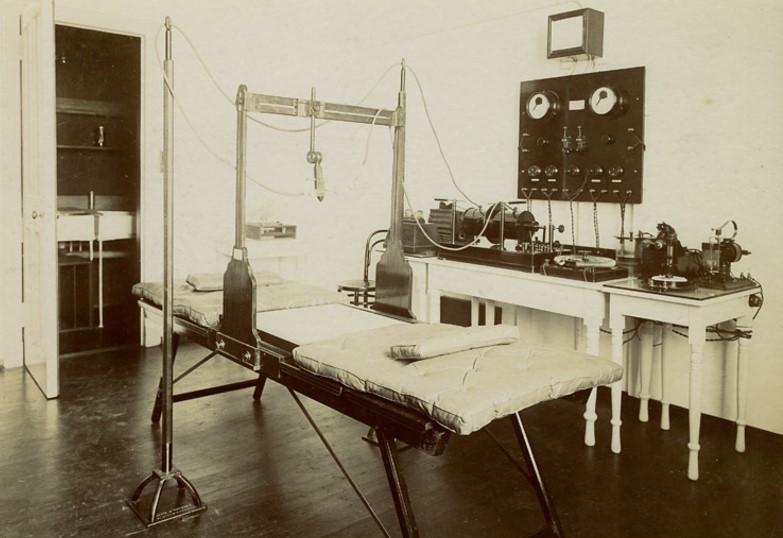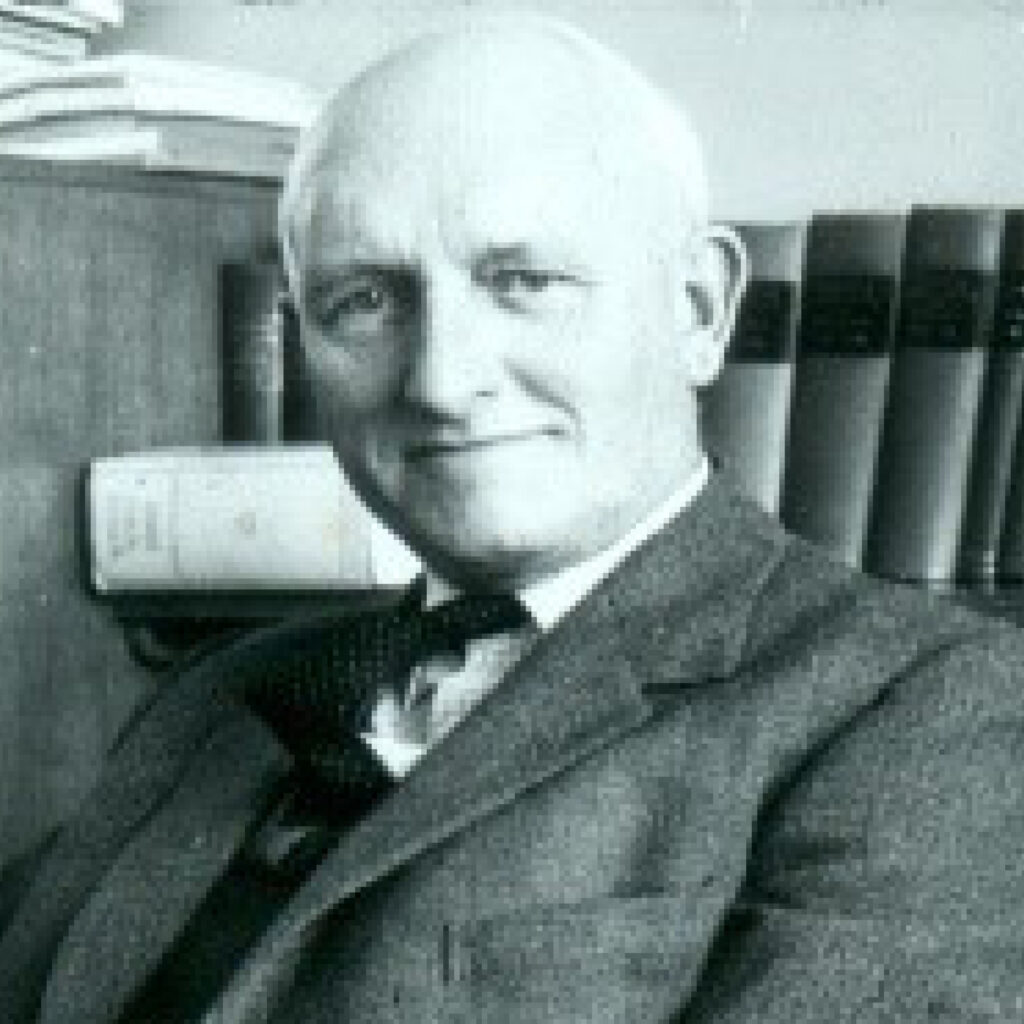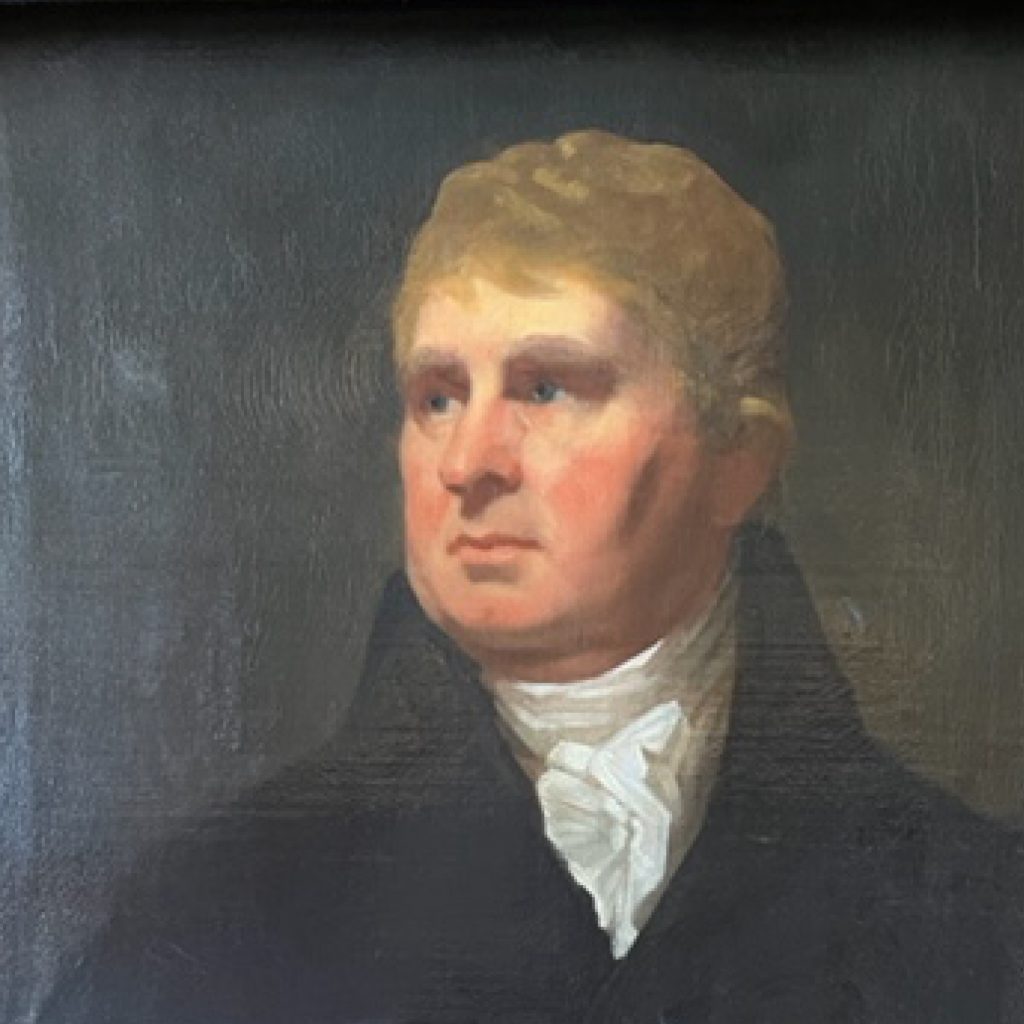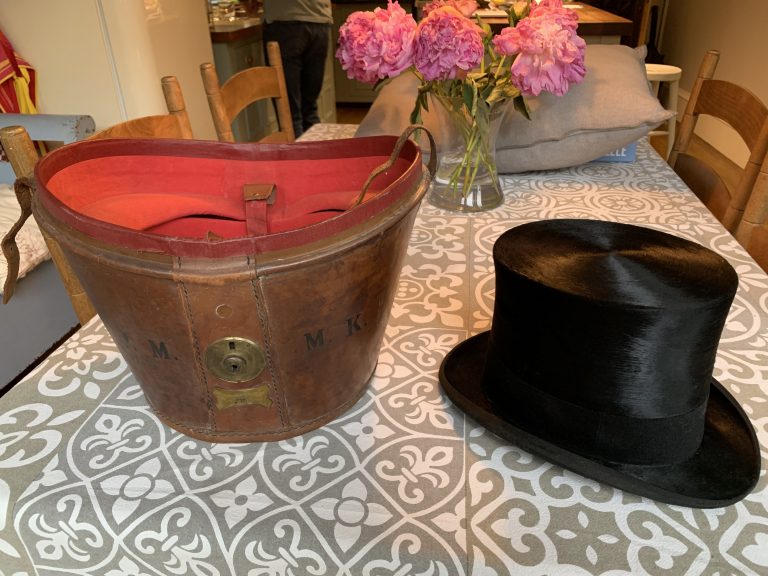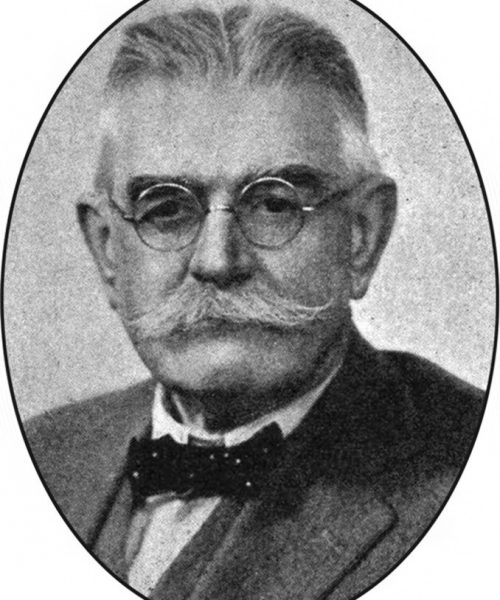Rooftop Photos
These photos were taken from the roof of the surgical block in March 2021
These are taken from the roof of the medical block. The former Nurses’ Home, The Cathedral, The Necropolis & Provand’s Lordship can all be seen.
These photos were taken on the roof too. We do not have a date for them nor have we identified the men in the photo but we are working on it!

